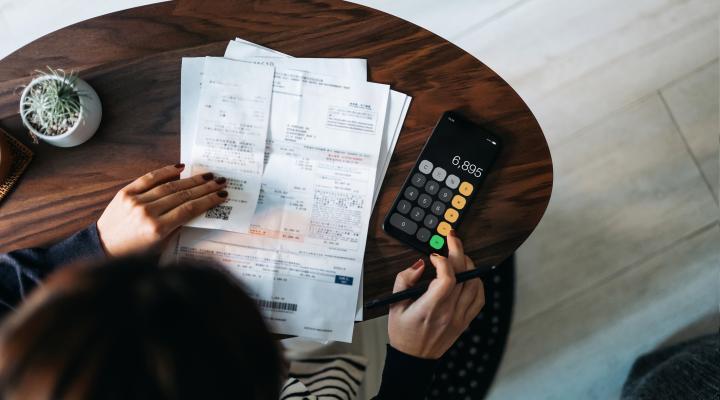Elaborar un presupuesto

Un presupuesto es un plan financiero que lo ayuda a administrar sus ingresos y gastos. It is a document that shows your income and expenses for a specific period, usually a month or a year, and it enables you to track your spending, manage your debts, and save money for future expenses. By creating a budget, you can control your spending, save money, and achieve your financial goals. The purpose of a budget is to allow you to make informed decisions about how to spend your money.
Creating a budget is essential for everyone, regardless of income level or financial situation. Budgeting can help you achieve financial stability, reduce your debt, and reach your financial goals faster. It also helps you avoid overspending and living beyond your means, which can lead to financial stress and debt.
Budget Methods
The most common methods of budgeting include the 50/30/20 rule, zero-based budgeting, and envelope budgeting.
The 50/30/20 rule: This method recommends that you allocate 50% of your income towards essential necessities like rent, groceries and utilities, 30% towards “discretionary spending” or non-essential needs like going to the movies or eating at restaurants, and 20% towards savings and debt repayment.
Zero-based budgeting: This method creates a budget from scratch every month, where every dollar is assigned a specific purpose and any money that you have left is allocated to a specific goal or savings and debt repayment.
Envelope budgeting: involves allocating cash for different categories of expenses and putting the cash in separate envelopes, which helps you avoid overspending in any particular category. One envelope is dedicated for savings and debt repayment.
Making a Budget
If you have never made a budget, the first step is to gather all your financial information, income and expenses. This includes your salary, wages, tips, and any other sources of income. It also includes all your monthly bills, payment plans, and debts.
Make sure to include all sources of income, even if they are irregular or infrequent. Then, categorize your expenses into fixed and variable expenses. Fixed expenses are those that are the same every month, such as rent, while variable expenses are those that change each month, such as groceries or entertainment.
Next, prioritize your expenses based on their importance, and assign a dollar amount to each category. Make sure you allocate enough money for necessities, such as rent, utilities, and food. If you have money left over, allocate it towards savings and debt repayment before entertainment or socializing.
Finally, track your spending throughout the month to make sure you stay within your budget. If you overspend in one category, adjust your spending in another category to make up for it. Review your budget at the end of the month and make adjustments as necessary. The goal is to never overspend and consistently put money towards savings and debt repayment.
As you become more comfortable with budgeting, you can develop your budget by setting financial goals, such as saving for a down payment on a house or paying off a credit card. You can also track your progress towards your goals and adjust your budget accordingly to help you achieve them every month.
Achieve Goals
By following these steps, you can create a budget that helps you manage your money effectively and achieve your financial goals. Remember, the key to successful budgeting is to prioritize your essential expenses and financial goals, and to be consistent in your spending habits.
La información que figura en www.onepercentforamerica.org tiene únicamente fines informativos generales. No debe tomarse como asesoramiento profesional ni reemplazar la orientación de un profesional.
